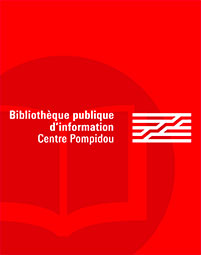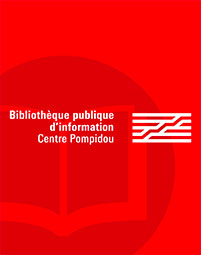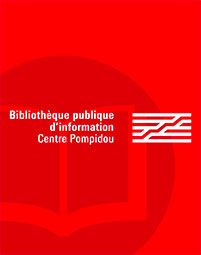par Campanella, Thomas J. (19..-....)
Princeton University press
2019 -
-
Disponible - 913.39(73) CAM
Niveau 2 - Géographie, urbanisme
Résumé : While long overshadowed by more famous Manhattan, the borough of Brooklyn, which was a separate city before New York City’s consolidation in 1898, has successfully achieved status as a noteworthy destination. Campanella (Cornell Univ.), a Brooklyn native, meticulously measures the borough’s trajectory from the 17th to the 21st centuries. He treads new ground by concentrating on past political, social, economic, technological, and even geological developments—and on transitioning neighborhoods and lesser-known personalities—much more than on Brooklyn’s better-known tourist attractions. Campanella contemplates the prevailing personality of the Brooklynite, a mixture of ambition, inferiority, and constant reinvention. He concludes with a disquisition on “manufactured authenticity” appropriated by neo-bohemians, who inhabit the borough’s northern rocky hills, an area characterized by gentrified Connecticut-quarried brownstones, versus the more robust, ethnically diverse residents of its southern flatlands, anchored by Tudor-style bungalows. Curiously, this is one of the few intellectual works encompassing all of Brooklyn, joining Stephen Ostrander's A History of Brooklyn and Kings County (1894) and Ellen Snyder-Grenier's Brooklyn: An Illustrated History (1996). A scholarly work for urban environmentalists and philosophers of cities, this volume's clearly composed prose will also appeal to regular readers.Summing Up: Highly recommended. All readership levels. Reviewer: F. J. Augustyn Jr., Library of Congress

 Les bibliothèques de prêt de la ville de Paris
Les bibliothèques de prêt de la ville de Paris
 Les bibliothèques universitaires
Les bibliothèques universitaires
 La BnF
La BnF
 L'encyclopédie Wikipédia
L'encyclopédie Wikipédia
 L'Encyclopædia Universalis
L'Encyclopædia Universalis
 La bibliothèque du film
La bibliothèque du film
 La bibliothèque du cinéma François Truffaut
La bibliothèque du cinéma François Truffaut
 La médiathèque musicale de Paris
La médiathèque musicale de Paris
 La médiathèque de la Philharmonie de Paris
La médiathèque de la Philharmonie de Paris







